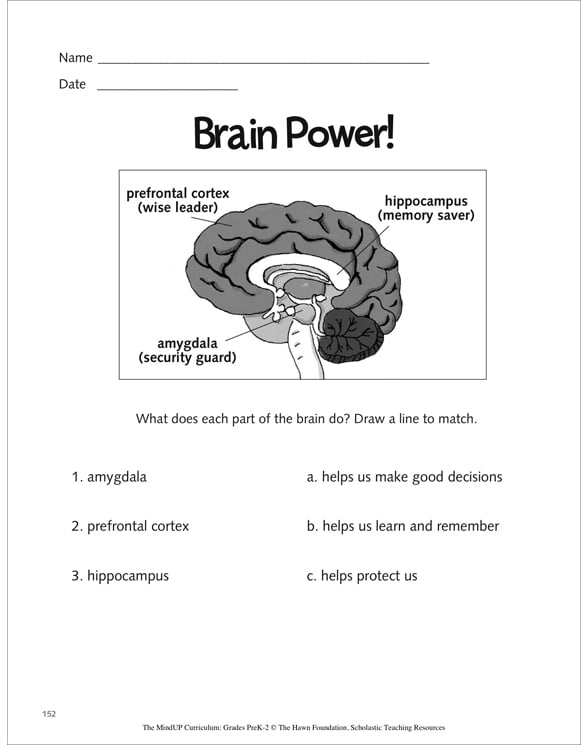

We are teaching these kids about their brain using puppets as brain parts, and what happens when the “guard dog” (amygdala) gets upset, and how to help it calm down. I used concepts from Goldie’s program, MindUP, Susan Kaiser Greenland’s program InnerKids., Dan Siegel’s Whole Brain Child, Dan Goleman’s new book Focus, and the brilliant work at Momentous Institute in Dallas. We work with preschoolers ages 3-5, children of immigrants, and from homes with lots of instability, trauma, and poverty. With that in mind (no pun) I created a little program called FocusedKids TM. I agree that mostly all we have so far that supports mindfulness with children is evidence-based. does, please check out this video from their October 2013 fundraiser (it’s just about 2 minutes). If you’d like to know more about the kind of work that Minds, Inc. Your support will help give kids the lifelong tools that can boost their learning, self-regulation, and compassion, and increase their chances of success. But we want to beat that with this year’s Holiday Special. Last year, we were gratified to be able to donate $46,000 to the One Acre Fund. Kristin Neff, PhD – Practicing Kindness Toward Oneself: Mindfulness and the Science of Self-Compassion.Kelly McGonigal, PhD – Mindfulness and Neuroplasticity: How Mindfulness Can Boost Willpower, Awaken Compassion, and Change the Brain.Mark Epstein, MD – Meditation and Psychotherapy: A Dual Approach that Can Speed Healing.Joan Halifax, PhD – Deconstructing Death: Using Mindfulness to Manage Life’s Ultimate Transition.Marsha Linehan, PhD – Dialectical Behavior Therapy – A New Approach to Treating Distressing Emotions.Ram Dass, PhD – How to Help People Connect to Loving Awareness: Expanding Our Capacity to Give and Receive Unconditional Love.Tara Brach, PhD – Mindfulness and the Gateways to Refuge: Finding the True Self.Jack Kornfield, PhD – Shifting Focus Through Mindfulness: How to Grow Love and Compassion out of the Seeds of Suffering.

#Mindup brain video series#
This year, we’re offering the Making Mindfulness Work webinar series at a discounted price as our Holiday Special. It’s called Minds, Inc., and it’s a new non-profit organization that is currently working with schools and communities in poverty-stricken Washington, DC, areas to teach mindfulness skills to students, teachers, and parents. This year, we will give one half of everything we take in, between now and Tuesday, to that special project. and improve their chances for success.Ī few days ago, I told you we’d be choosing a charity that will receive half of the proceeds from our Holiday Special. so they can reduce the anxiety and stress in their lives.

It is designed to equip students with tools that can help them face a lifetime of challenges and difficult emotions. Tara Brach, PhD, told me about a special project doing just that. So what if we could bring mindfulness into schools and teach it to children while they’re young? No, it can’t cure poverty, but it can transform the brain, and it can help with self-regulation. Kids attending public schools, especially in the inner cities, it’s largely become a way of life. Now imagine living at a high level of stress year round (and trying to learn at the same time). so it’s probably not surprising that levels of anxiety, stress, and depression tend to ramp up around this time of year. The brain controls our decision making, focuses our attention and allows us to learn to read, write compute analyze predict comprehend and interpret.Despite our best intentions, the holidays can be demanding. The learning, reasoning and thinking center of the brain. Prefrontal cortex – Information from the limbic system is fed to the prefrontal cortex. The hippocampus assists in managing our response to fear and threats, and is a storage vault of memory and learning. Hippocampus (limbic system structure) – twin crescent-shaped bodies reside in the central brain area, one behind each ear, in the temporal lobes. The incoming stimuli and signals are left for the amygdala itself to process as an automatic reflexive response of “fight, flight or freeze”. When a child is in a negative emotional state (for example stressed or fearful) the amygdala prevents the input from passing along, effectively blocking higher-level thinking an reasoned judgment. When a child is in a positive emotional state, the amygdala sends incoming information on the conscious, thinking, reasoning brain. In this lesson your child/children will be learning about three parts of the brain involved in thinking and learning.Īmygdala – a pair of almond-shaped structures that reacts to fear, danger and threat. Your child/children will be starting lesson one, How are Brain Works, the week of Monday October 7 to Friday October 18 th.


 0 kommentar(er)
0 kommentar(er)
